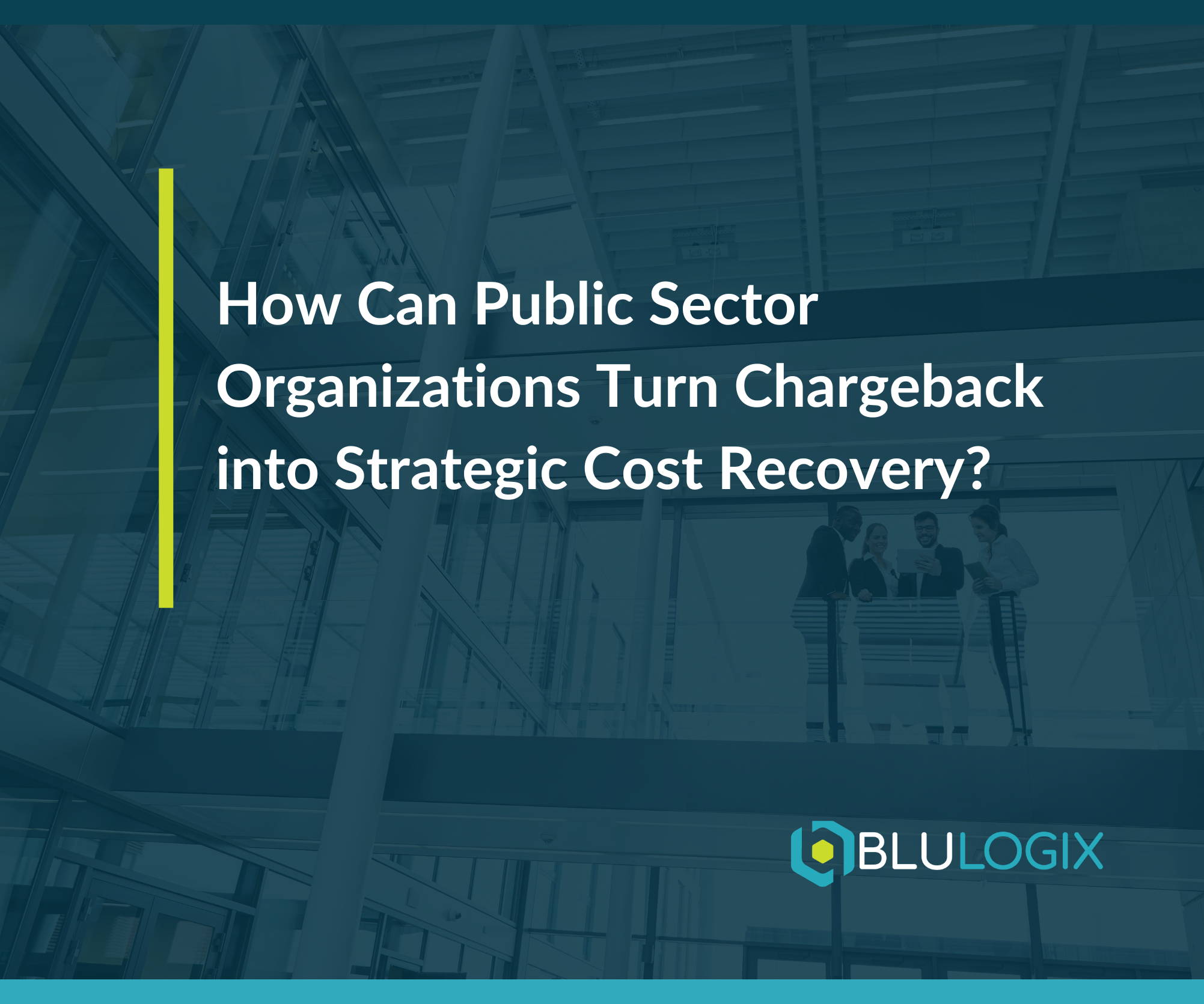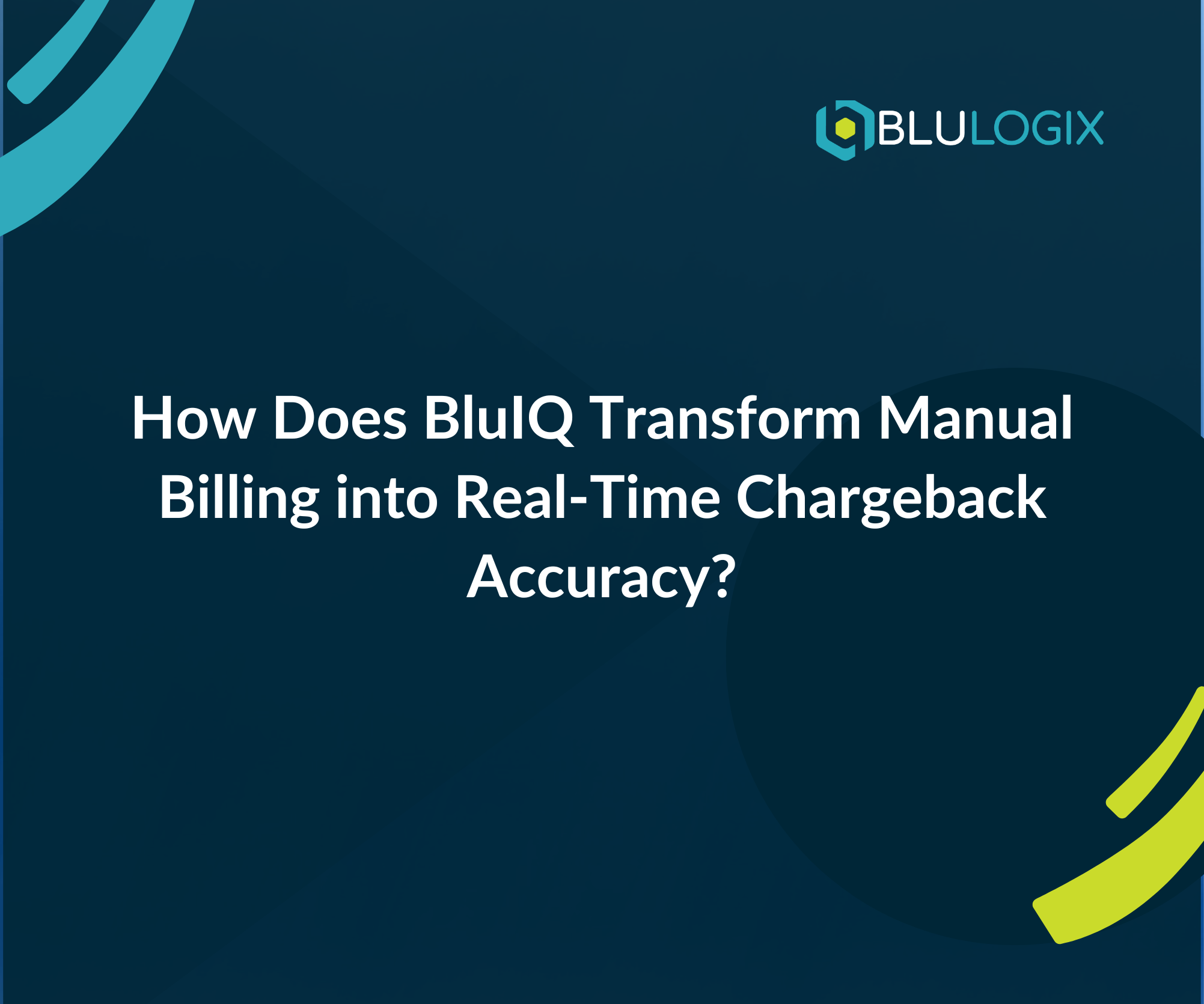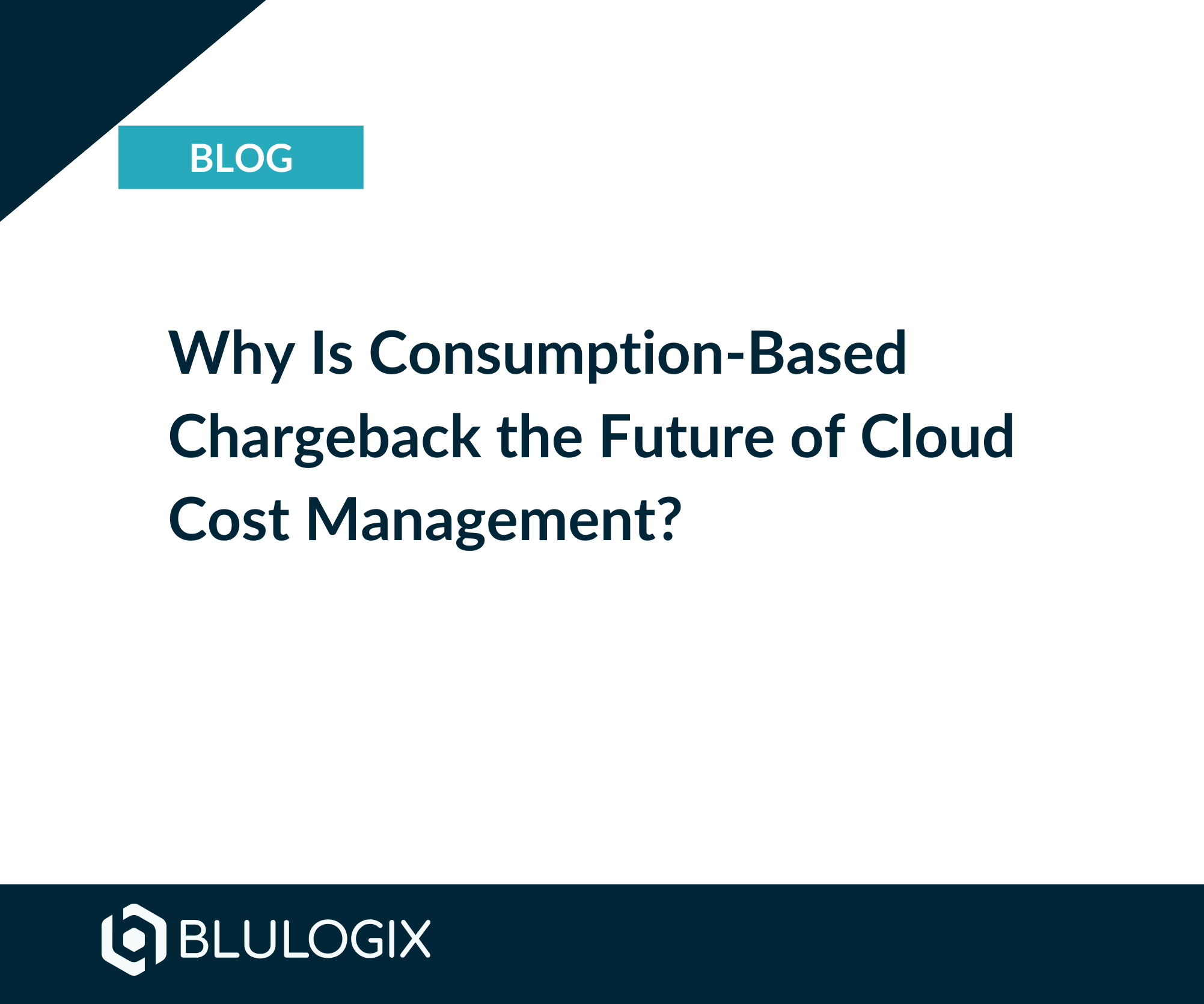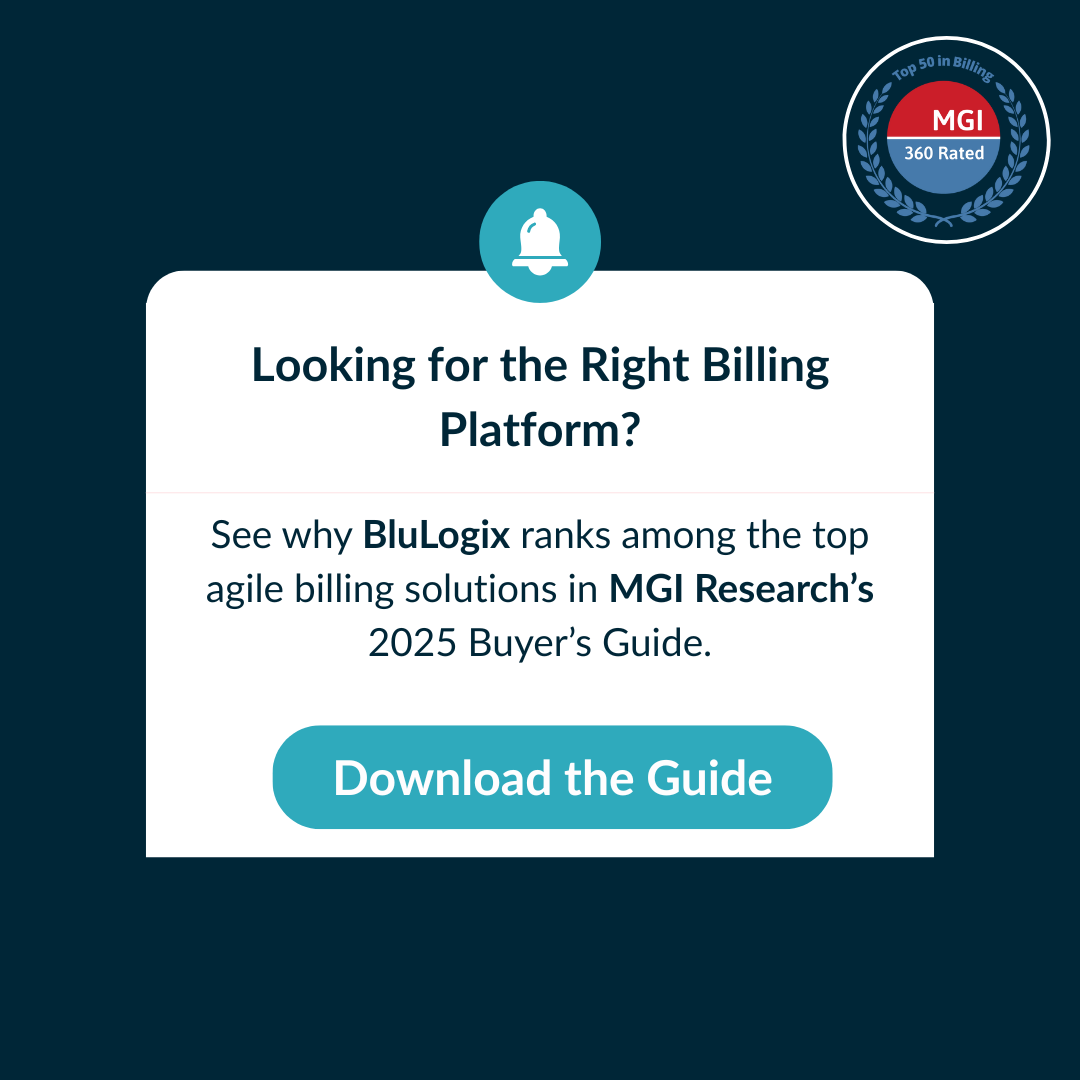Building a Competitive Edge Through Channel Partnerships
In an increasingly competitive subscription economy, channel partnerships have become a beacon for businesses seeking scalable growth and sustainable revenue streams. As industry consolidation accelerates and large players dominate market share, strategic partnerships offer an essential way to expand reach, tap into new markets, and drive innovation.
For companies leveraging subscription billing models, creating and managing effective channel partnerships requires a robust infrastructure that ensures seamless billing integration, accurate pricing, and effortless onboarding. Let’s explore how advanced tools and strategies can help businesses build a competitive edge through channel partnerships.
The subscription economy is not just a trend—it’s a transformative shift in how businesses operate and generate value. Managed Service Providers (MSPs) are at the forefront of this evolution, leveraging recurring revenue models to build deeper customer relationships and drive growth. As we look towards 2025 and beyond, the subscription economy will continue to evolve, presenting both opportunities and challenges for MSPs. To thrive in this environment, MSPs must be willing to embrace change, leverage new technologies, and evolve their monetization strategies to stay ahead of the competition.
In this blog post, we will explore the key trends that will shape the subscription economy in 2025, how MSPs can leverage these trends, and what steps they can take to ensure sustained growth and profitability.
Ready to see how BluIQ can transform your billing process and help you achieve integrated, automated, and accurate complex monetization? Schedule a demo with a BluLogix billing expert today and take the first step towards revolutionizing your revenue management.
The Power of Channel Partnerships
Channel partnerships are more than just a revenue booster—they’re a strategic imperative. By collaborating with trusted partners, businesses can:
- Expand Market Reach: Partners can introduce your products to customer segments and geographies you might not reach directly.
- Reduce Operational Overhead: Delegating sales and distribution to partners minimizes the resources required to scale.
- Drive Revenue Growth: Well-structured partnerships create opportunities for upselling, cross-selling, and bundling, increasing the lifetime value of customer relationships.
However, realizing these benefits hinges on an organization’s ability to manage channel-specific complexities, from pricing structures to billing workflows.
Channel Complexity Requires Smarter Systems
The modern channel landscape is complex, requiring businesses to address diverse partner needs while maintaining efficiency and consistency. Billing software with advanced integration capabilities plays a pivotal role in enabling this.
Here’s how advanced billing integration supports channel partnerships:
- Channel-Specific Pricing: Create customized pricing models tailored to different partner tiers (e.g., platinum, gold, or authorized reseller levels). This flexibility fosters trust and incentivizes performance.
- Discount Tiers and Flexibility: Automate discount rules based on partner agreements while allowing exceptions for specific deals to remain competitive.
- Effortless Onboarding: Streamlined onboarding processes ensure partners can start selling your products quickly without friction.
- Real-Time Data Sharing: Enable partners to access accurate sales, commission, and inventory data through a self-service portal, enhancing collaboration and trust.
Industry Consolidation Creates Opportunities
As consolidation reshapes the subscription economy, businesses must adopt a proactive approach to partnerships. Larger entities emerging from mergers and acquisitions are looking for value-added solutions to differentiate themselves.
For smaller players, the stakes are high. Strategic partnerships allow them to compete effectively by:
- Pooling Resources: Leverage the combined strengths of your company and partners to innovate and deliver value.
- Expanding Service Portfolios: Collaborate with partners to offer bundled services that meet complex customer needs.
- Strengthening Competitive Positioning: Gain a foothold in new markets without the need for significant direct investment.
By implementing advanced billing systems that seamlessly integrate with partner ecosystems, businesses can position themselves as the go-to partner in a crowded marketplace.
The Role of Billing Integration
Channel partnerships require seamless coordination across multiple touchpoints, from quoting to billing to revenue recognition. But managing them across internal and external operations can be extremely complex, and even more so when you layer in taxation, bundling and provioning.
Here’s how billing integration supports these efforts:
- Streamlined Operations: Integrate subscription billing with partner management tools to eliminate manual errors and ensure consistency.
- Flexible Invoicing: Automatically generate invoices that reflect channel-specific pricing and discount tiers, reducing administrative burden.
- Visibility for Partners: Provide partners with a dashboard to track their sales performance, commissions, and payments in real time.
- Scalability: Ensure your systems can grow alongside your channel network without creating bottlenecks or inefficiencies.
Building Strong Partnerships in the Subscription Economy
To succeed in today’s subscription economy, businesses must approach channel partnerships with a strategic mindset. This means going beyond simple agreements and investing in the tools and processes that make partnerships thrive.
Here are some actionable steps to build and maintain strong partnerships:
- Focus on Partner Success: Equip your partners with training, marketing resources, and sales support to help them succeed.
- Incentivize Performance: Use tiered pricing and flexible commissions to reward high-performing partners.
- Simplify Collaboration: Leverage technology to streamline communication, data sharing, and reporting.
- Adapt to Market Changes: Stay agile by continuously evaluating and refining your partnership strategies in response to market trends and customer needs.
Channel partnerships are the multiplier effect for subscription businesses. The right partner relationships, supported by seamless billing integration, can turn regional players into global competitors.
A Competitive Edge Through Collaboration
The subscription economy is evolving rapidly, and businesses that prioritize billing integration and channel partnerships are well-positioned to lead. By addressing the complexities of partner-specific pricing, discount management, and operational efficiency, companies can unlock new revenue streams and scale sustainably.
As we continue our blog series, we’ll dive deeper into strategies for maintaining profitability while scaling. Stay tuned for insights into optimizing revenue management to protect margins and drive growth in today’s dynamic market.
Ready to see how BluIQ can transform your billing process and help you achieve integrated, automated, and accurate complex monetization? Schedule a demo with a BluLogix billing expert today and take the first step towards revolutionizing your revenue management.
Learn more

How Can Public Sector Organizations Turn Chargeback into Strategic Cost Recovery?

How Does BluIQ Transform Manual Billing into Real-Time Chargeback Accuracy?



